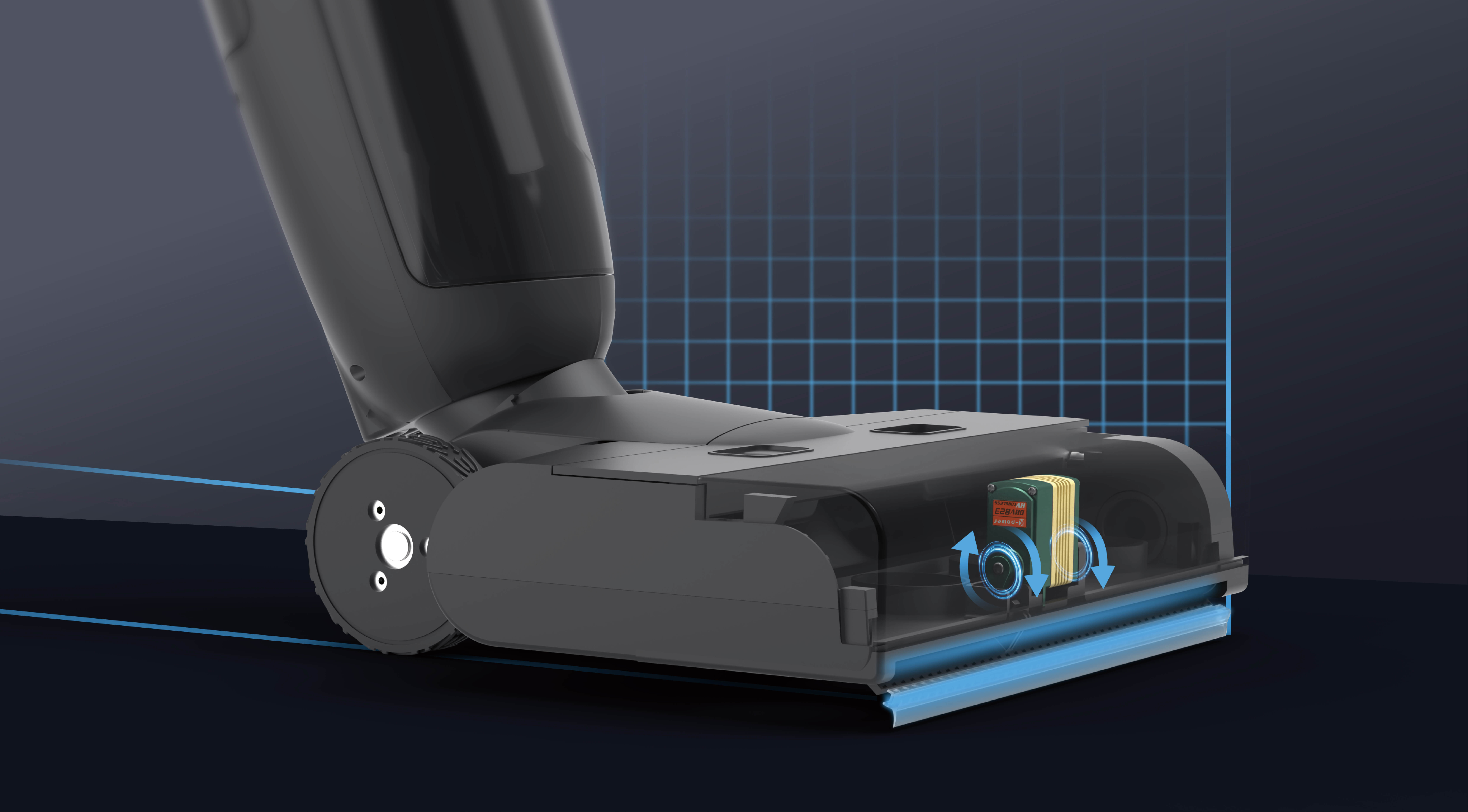Ever been on a trip where your drone just kinda hovers there, not quite soaring the way you hoped? Maybe that’s because the thrust isn’t quite right, or perhaps understanding how the motor's thrust works can change your whole game. Imagine this: you’re out flying, testing your latest setup, and suddenly, your drone rockets upward with that perfect burst of power. That burst? That’s the magic of well-calculated thrust.

Let’s talk about what’s happening under the hood. When you fire up a drone motor, the thrust it produces is pretty much the force pushing your drone upward. But what’s behind that force? It turns out, the thrust depends heavily on a few key factors: motor RPM, propeller size, and the amount of current flowing through the motor. Think of it like a recipe—throw in the right ingredients and you get that ideal lift.
Now, here's a question: how do we actually calculate this thrust? The equation is straightforward but powerful: thrust equals a constant times the square of the motor’s speed. Yep, it’s a squared relationship. Faster spins, significantly more thrust—kind of like speed enhances the power exponentially. But it’s not just RPMs at play; the size of the propeller matters too. Larger blades can move more air, creating more lift—like trying to lift a heavy box with a bigger hand.
If you’re curious whether a bigger motor always means better thrust, here’s a thought: not necessarily. It’s about the right match. The motor has to handle the load safely; otherwise, performance plummets and efficiency tanks. That’s where understanding the thrust equation becomes your secret weapon. It guides you in choosing the right motor and prop combo, avoiding those frustrating moments where your drone just struggles to take off.
You might wonder, what about the efficiency side? Well, the thrust isn’t just about raw power—it’s also about how that power is used. A motor producing high thrust but draining batteries too quickly isn’t the goal. That’s where optimizing the thrust equation for specific use cases makes all the difference—whether you’re into racing, cinematography, or just fun flying.
Talking about practical use: say you need a drone that lifts a camera rig. You’d look for motors that deliver a certain thrust-to-weight ratio, ensuring smooth, controlled lifts without taxing the system. On the flip side, if you’re designing a drone for swift acrobatics, maximizing thrust might be your top priority.
Understanding the details of how thrust responds to motor speed and propeller size transforms your approach—it's like knowing the secret sauce in a well-developed recipe. Differentiating what works for one application versus another, that’s the edge. It’s not just about throwing parts together; it’s about precision, testing, tweaking, and knowing exactly how those numbers play out in real time.
So, next time you’re setting up your drone, remember—tuning the thrust is the key to unlocking its full potential. Play around with different setups, watch how the equations change, and you’ll see the difference in the flight experience. Because at the heart of every smooth lift-off is a well-understood, finely tuned thrust equation. It’s what makes that feeling of effortless, confident flying possible.
Kpower has delivered professional drive system solutions to over 500 enterprise clients globally with products covering various fields such as Smart Home Systems, Automatic Electronics, Robotics, Precision Agriculture, Drones, and Industrial Automation.




































